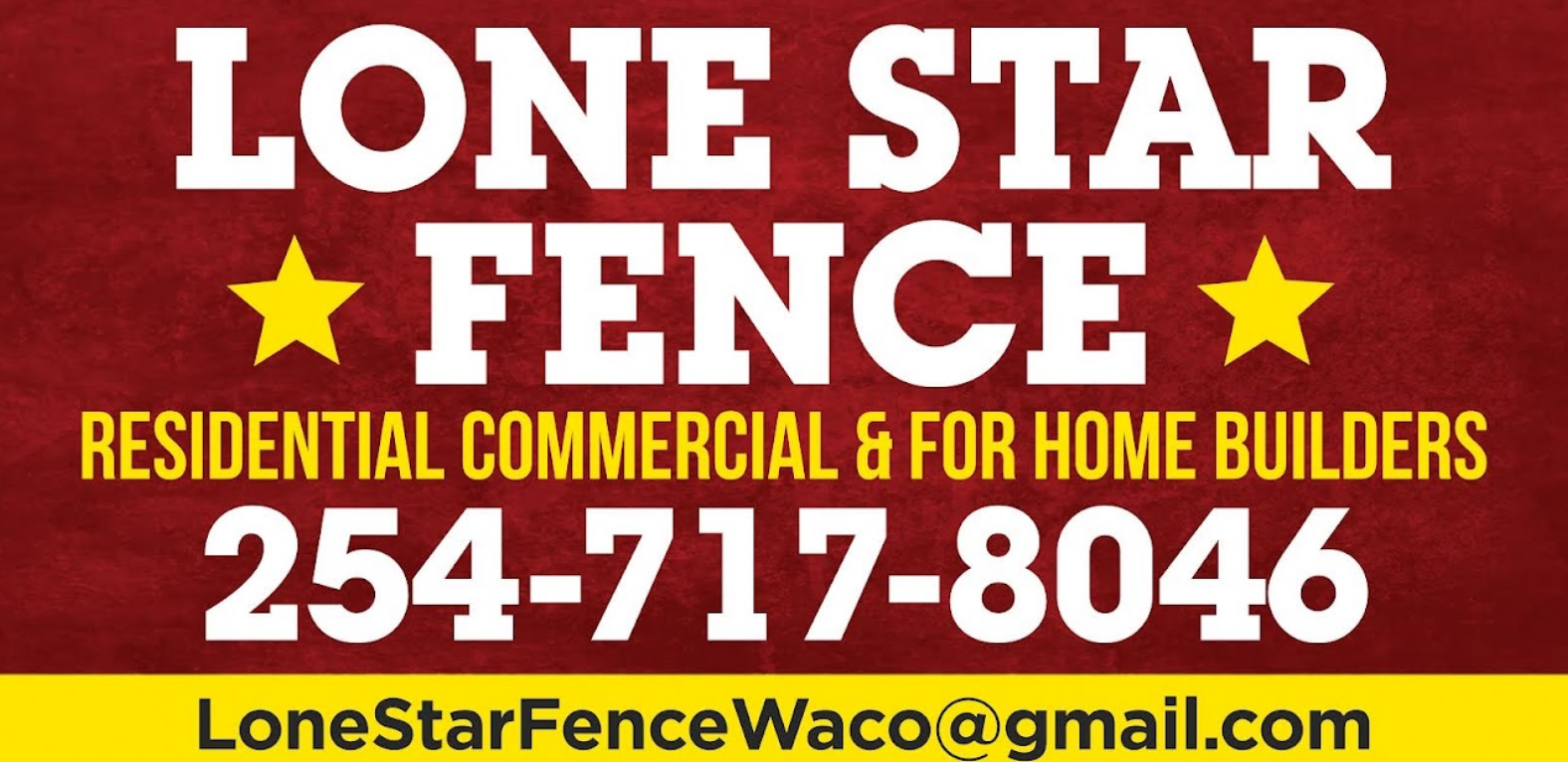Common Fence Problems & What They Mean
Tap a fence symptom below to learn what’s likely causing it and how Lone Star Fence Waco can help you fix it.
Different types and grades of wood behave very differently in Texas heat and humidity. Lower-grade or improperly fastened boards are more likely to warp, cup, and split as they dry out.
- Boards bowing away from rails or twisting at the ends
- Cracks running along the grain of the wood
- Fasteners pulling through or sitting proud of the surface
- Evaluate the existing lumber and installation method
- Replace damaged boards with better-quality material
- Recommend staining or sealing to reduce future movement
Leaning fences usually come from weak or rotten posts, shifting soil, or storm damage. In many cases the fence can be reinforced, but sometimes posts need to be fully replaced.
- Posts that move when pushed at the top
- Concrete footings cracked or pulled away from the post
- Sections leaning at the same point along the line
- Inspect posts, soil conditions, and footing depth
- Re-set posts in new concrete or replace damaged ones
- Advise whether repair or full replacement is the best value
Shrinking lumber, undersized fasteners, or rusted nails can allow pickets to work loose over time.
- Pickets that move easily when pushed
- Nails backing out or screws stripped
- Rails that are cracked or sagging between posts
- Re-secure boards with proper exterior-grade fasteners
- Replace any failed rails or support members
- Recommend maintenance to extend the life of the fence
Gates are the heaviest, most frequently used part of your fence. Over time, weight, wind, and soil movement can cause sagging or misalignment.
- Gate dragging on the ground or rubbing on the latch post
- Hinges pulling away from the post or gate frame
- Latch no longer lining up without lifting or forcing the gate
- Adjust or upgrade hinges and latches
- Add bracing or rebuild the gate frame if needed
- Check posts and footing so the fix actually lasts
Rot usually starts where the post meets the soil and moisture sits. Once posts are soft at the base, they can no longer safely support the fence.
- Dark, spongy, or crumbling wood at ground level
- Posts that move or crack when pushed
- Sections of fence that lean after heavy rain
- Replace failing posts with properly set supports
- Use better materials and drainage to fight future rot
- Evaluate whether adjacent sections should be updated too
Sun, rain, and time naturally turn wood gray. While it’s normal, discoloration can also be a sign your fence needs cleaning and protection.
- Uneven fading or dark water streaks
- Rough, fibrous surface that catches on skin or clothing
- Stain or paint that is peeling or flaking
- Clean and prep the fence surface
- Apply quality stain or sealant to restore color
- Recommend a maintenance schedule for long-term protection
Mold and mildew thrive where shade and moisture hang around. Besides looking bad, it can break down the wood and shorten the life of your fence.
- Green, black, or dark brown patches on boards
- Areas that stay damp or shaded most of the day
- Musty odor near the fence line
- Recommend safe cleaning options for your fence type
- Inspect for deeper moisture or rot issues
- Seal or stain after cleaning to slow future growth
As wood dries, it can shrink and create gaps. Some spacing is normal, but large gaps can reduce privacy and allow pets or small children to see through.
- New gaps where boards once touched
- More light visible through the fence than before
- Gaps concentrated in one area vs. the entire fence
- Evaluate whether boards can be adjusted or replaced
- Recommend board style and spacing for better privacy
- Discuss options for upgrading older sections
Dogs and other pets are persistent escape artists. They may dig, squeeze through gaps, or push on loose sections.
- Fresh dirt or holes near the bottom of the fence line
- Loose or bowed boards near favorite escape spots
- Gaps under the fence in sloped or uneven areas
- Add kickboards, buried wire, or other dig-guard solutions
- Tighten spacing or repair weak sections
- Design new fencing with pets in mind from day one

